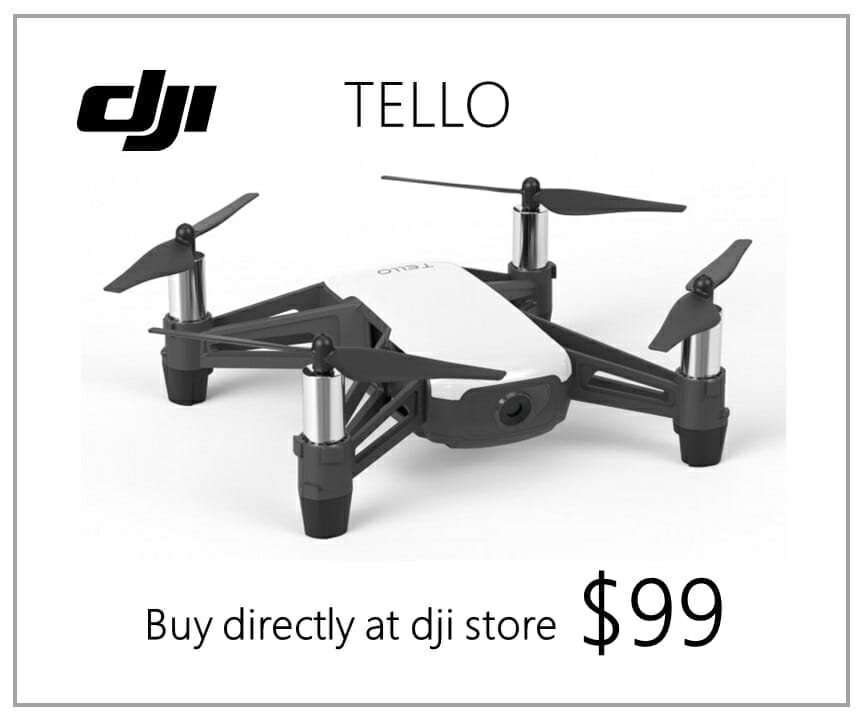As you already know, you need workplace safety protocols that can save lives, and when it comes to handling gas, this needs to be paid close attention to. It’s just about construction sites or plants that need to be cautious, but a lot of businesses, even right down to homes, have propane tanks. In general, gas might be common, and there are various gases, but they can all be incredibly dangerous.
Some settings are far deadlier than others, and plants and construction sites are usually the best two examples of this. Overall, it can be fairly challenging. So, how can this be navigated? How can everyone maintain safety in gas management? Well, here’s what you need to know.
Have a Toolbox Meeting
It can usually be as simple as this: just having a meeting with all the workers on the site and explaining the sheer importance, the dos and don’ts, so everyone can be safe, and how one mistake could risk multiple lives.
So, this is probably the sheer foundation of gas safety. Usually, during these toolbox meetings, there are discussions about taking proper care of a gas bottle, what shouldn’t be done around one of these, maybe even the installation, and the list that could keep going on and on. But regardless of the angle of this toolbox meeting, there needs to be a discussion so everyone knows the sheer impact.

Start Conducting Rigorous Risk Assessments
After one of these toolbox meetings (technically even before, too), there should be a series of assessments. Every engineer knows this, but risk assessment forms the bedrock of effective safety management. Needless to say, there are a lot of intricacies to conducting thorough risk assessments, identifying potential hazards, and evaluating their severity.
It really depends on where you live and the industry itself, but there are usually regulations that need to be followed. Generally speaking, compliance with regulations and industry standards is non-negotiable.
For example, there are the OSHA regulations in the United States NFPA codes as another example, but every country has regulations that need to be followed, and they’re there for safety, not for inconvenience. Through a systematic approach to risk analysis, the site and the team can proactively mitigate risks and safeguard personnel, equipment, and the environment.
How Robust are the Current Safety Protocols?
With risk assessments in hand, it’s time to translate your team’s findings into actionable safety protocols. So, how are the current protocols in place? How much improvement does there need to be? It might be pretty obvious, but these protocols serve as your roadmap for safe and efficient operations, covering everything from equipment inspection and maintenance to emergency response procedures.
If your protocols weren’t clear the first time around, this is definitely going to be pretty clear now. Get nitty-gritty because this needs to be safe, and there can’t be any leniency in the slightest.
Leveraging Advanced Technologies
While human error and tech errors can still exist, this can still help a lot. There are so many advancements nowadays in technologies, from gas detection sensors to real-time monitoring systems, which make it so much easier to enable, detect, and mitigate potential hazards with greater precision and efficiency. For the most part, this is becoming an expectation and slowly being implemented into more regulations.












